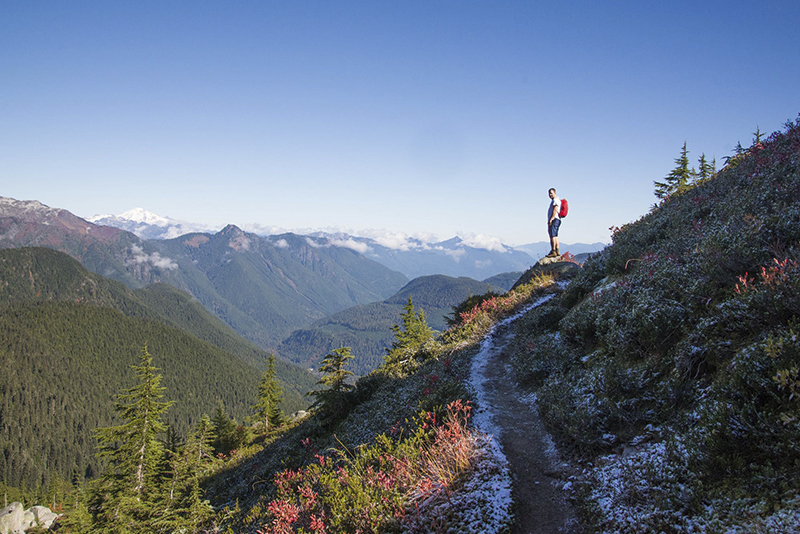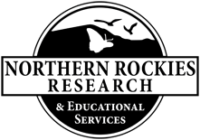Resources
Resources
Here are resources to discover more about moths.

Books
Lees, David and Zilli, Alberto. 2019. Moths: A Complete Guide to Biology and Behavior. Smithsonian Books. 208 pages. ISBN 978-1588346544
Powell, Jerry A. and Paul A. Opler. 2009. Moths of Western North America. University of California Press, Berkeley and Los Angeles, California. 369 pages. ISBN 978-0-520-25197-7
William D. Winter, Jr. 2000. Basic Techniques for Observing and Studying Moths and Butterflies. Memoirs of the Lepidopterists’ Society No. 5, Natural History Museum, Los Angeles, California. 444 pages. ISBN 0-930282-07-8
Peterson Field Guide to Moths series:
Leckie, Seabrooke and Beadle, David. 2018. Peterson Field Guide to Moths of Southeastern North America. Peterson Field Guides. 640 pages. ISBN 978-0544252110
Leckie, Seabrooke and Beadle, David. 2012. Peterson Field Guide to Moths of Northeastern North America. Peterson Field Guides. 624 pages. ISBN 978-0547238487
Coming soon! Peterson Field Guide to Moths of Western North America. 2022. Moths of America North of Mexico series: https://www.wedgefoundation.org/publications_paypal.asp
Mothing Equipment
Anglian Lepidopterist Supplies – Moth Traps & Natural History Equipment https://www.angleps.com/
BioQuip Products, Inc. https://bioquipinc.com/
Leptraps https://leptraps.com/
Online Moth Identification
Leps by Fieldguide: https://leps.fieldguide.ai
This recent app (2017) uses pattern-recognition algorithms to identify Lepidoptera (Leps – butterflies & moths) using pictures uploaded to its interface. Search Leps by Fieldguide at the app store on your iPhone or Android smartphone to install. Basically, pictures that you capture of moths (or butterflies) can be uploaded to the app and then the algorithm suggests likely matches, often the correct match. Once you are confident with the identification you can submit your image along with corresponding geographic info for the observation in the apps database. The app learns from each picture it analyzes so the more pictures that are fed into its algorithm makes the identification of each subsequent image more reliable! The images are also reviewed by the app developer and moth experts to verify that correct identifications are assigned to each image and help ensure the algorithm is precise. So, you can always request help with identification by commenting on your submission. We promise Andre (the developer) will respond quickly! It’s a great way to get yourself in the ballpark when just starting out with moth identification. We use it frequently in the field especially when searching for species we have not observed before, or to test our ability to field ID species we have previously encountered. Another cool feature is an option to automatically submit all your observations in the app to iNaturalist. It’s a win-win: you get a convenient way to identify Leps while helping the algorithm become more precise and contribute your observations to arguably the largest citizen science platform in the world all with the click of a button!
iNaturalist: https://www.inaturalist.org/
You can submit images and observations of all kinds of wildlife on this app. Like Leps it works on iPhone and Android smartphones. It is a decidedly popular citizen science platform. To date, over 23 million observations representing over 215,000 plant and animal species have been submitted from its 1.6 million members worldwide. It too has an identification algorithm that works rather well for Leps. This platform in a joint venture between the California Academy of Sciences and the National Geographic society and observations submitted here are shared with scientific data repositories like the Global Biodiversity Information Facility so that researchers studying biodiversity can find and use your data.
Moth Photographers Group: https://mothphotographersgroup.msstate.edu/
Widely considered the go-to authority for moth identification. Comprehensive but daunting at first. Don’t give up! The “Try Walking Through the Moth Families” link under the Plate Series option on the homepage main menu (upper left box) is a great place to start. The plates series show spread individuals but clicking on a particular Hodges number (species) will bring you to a species page that usually has pictures of the species at rest (wings-folded). This pose is beneficial because it’s how you would most often observe/photograph moths outside (or coming to lights) and often makes identification features easier to discern. The links to other websites near the bottom of the species pages are particularly useful to help corroborate ID or find natural history information about the species.
Pacific Northwest Moths: https://pnwmoths.biol.wwu.edu/
This is a great resource for detailed identification characteristics, range, and natural history information for many moth species occurring in the Pacific Northwest and northern Rockies. The “Glossary” link under the About Moths section near the bottom of the homepage provides user-friendly images that are particularly useful to learn identification characteristics and terminology. Only real down-sides of this website is it does not cover many Geometrid or the smaller, ‘micro’-moths and all the species images are of spread specimens.
Bug Guide: https://bugguide.net/node/view/15740
Great resource for identification of many kinds of insects. The clickable guide on the left side of the homepage is handy and allows quick navigation to the kind of insect you want to ID and/or learn about. The site provides lots of good information about identification, taxonomy, range, and natural history of numerous moth species including many images of species with wings folded. Also, the administrators are prompt and reliable when you submit images and request help with identification.
Butterflies and Moths of North America: https://www.butterfliesandmoths.org/
A good resource for most butterflies but its coverage of moths is somewhat lacking. However, the administrators are usually prompt in verifying identification of images that you submit.
How to Grow your own Butterfly Garden: https://billyoh.com/resource/grow-butterfly-garden/
Contact Us
Address:
P.O. Box 1242
Lolo, MT 59847
Email:
info@nrres.org
Get the Dispatch
Home | About | Our Research | Moth Guide | Citizen Science | Resources | Support | Updates & Events | Contact
Copyright © 2020 Northern Rockies Research & Educational Services
